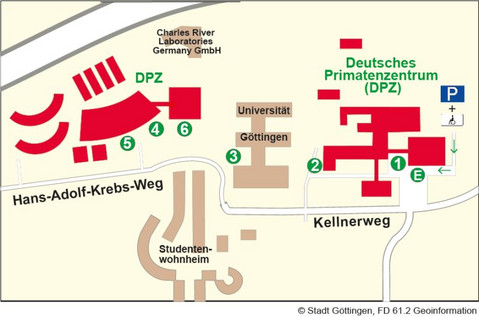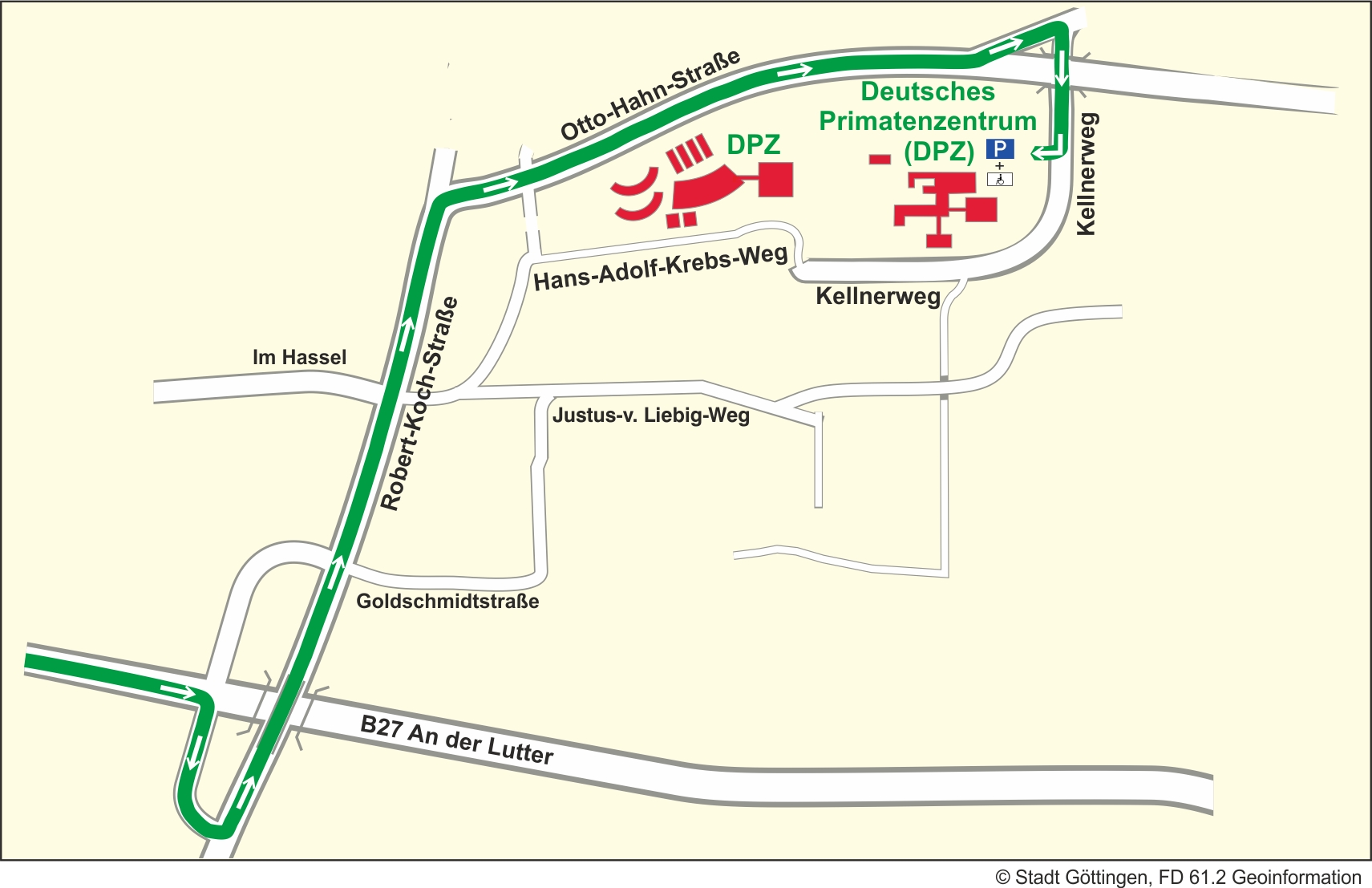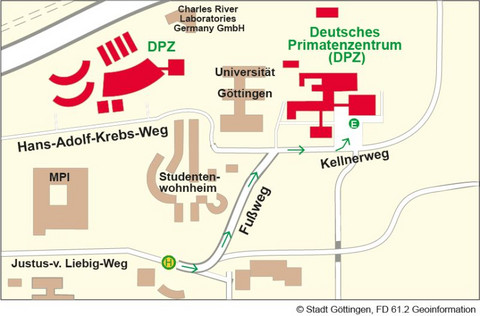Active sensing and flexible neural coding during visually guided navigation
Als Kalendereintrag speichernNatural behavior is flexible and supported by abstracted away beliefs. To understand dynamic neural processing underlying natural behaviour, we use continuous-time foraging tasks either in virtual reality or in a freely-moving arena. Although task rules do not require any particular eye movement, we find that where subjects look is an important component of the behavior. For example, during a simple task in which macaques use a joystick to steer and catch flashing fireflies in a virtual environment lacking position cues, we find that subjects physically tracked this latent task variable with their gaze – an instance of embodied cognition. Restraining eye movements worsened task performance suggesting that embodiment plays a computational role. The above findings are well explained by a neural model with tuned bidirectional connections between oculomotor circuits and circuits that integrate sensory input. In contrast to other task optimized models, this model correctly predicted that leading principal components of the monkey posterior parietal cortex activity should encode their position relative to the goal. These results explain the computational significance of motor signals in evidence-integrating circuits and suggest that plasticity between those circuits might enable efficient learning of complex tasks via embodied cognition.
Referent/-in
Dora Angelaki (NY University)
Anfahrtswege zum DPZ
Lageplan des DPZ

E - Haupteingang/Anmeldung
1 - Geschäftsführung; Abteilungen: Infektionsbiologie/-modelle, Versuchstierkunde, Primatengenetik, Verhaltensökologie und Soziobiologie, Kognitive Ethologie, Neurobiologie; Verwaltung; Bibliothek; Stabsstellen: Forschungskoordination, Kommunikation, Informationstechnologie, Betriebstechnik
2 - Materialanlieferung/Einkauf
3 - Forschungsplattform Degenerative Erkrankungen; Forschungsgruppe Soziale Evolution der Primaten
4 - Abteilung Kognitive Neurowissenschaften
5 - Tierhaltung
6 - Bildgebungszentrum; Abteilung Funktionelle Bildgebung
Anreise mit dem PKW

Folgen Sie von der Autobahnausfahrt "Göttingen Nord" der B27 in Richtung Braunlage bis zur dritten Ampelkreuzung. Biegen Sie rechts ab Richtung Kliniken und anschließend links in die Robert-Koch-Straße. Am Ende der Straße fahren Sie rechts in Richtung Nikolausberg auf die Otto-Hahn-Straße. Die erste Straße zu Ihrer Linken ist der Kellnerweg, das Primatenzentrum ist ausgeschildert.
Anreise mit dem Bus

Ihr Fußweg von der Bushaltestelle Kellnerweg zum DPZ-Haupteingang/zur Anmeldung:
Von der Bushaltestelle Kellnerweg (Linie 21/22 und 23) Straße überqueren, in Fahrtrichtung des Busses gehen. Am Briefkasen links in den Fußweg einbiegen und rechts halten. Am Ende des Fußwegs rechts in den Kellnerweg abbiegen. Der Haupteingang des DPZ liegt dann auf der linken Seite.
Datum und Uhrzeit 21.03.23 - 16:00 - 17:30 Anmeldung nicht notwendig
Veranstaltungsort Michael-Lankeit-Hörsaal, DPZ
Leibniz ScienceCampus & SFB 1528
cschloegl@dpz.eu
0551-3851-480
